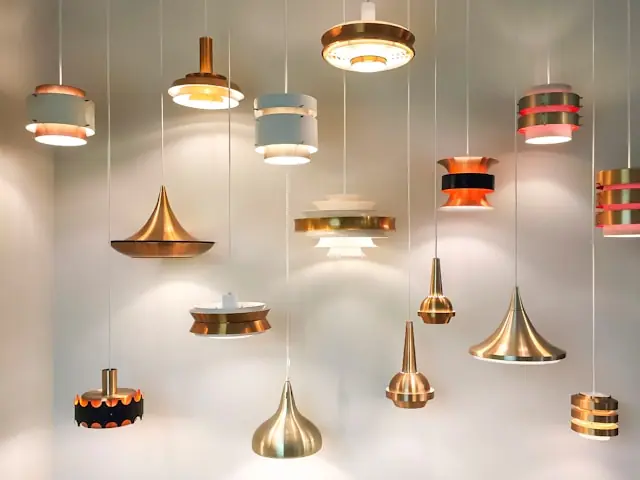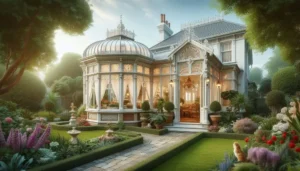As we progress through 2025, lighting has transcended its traditional role, becoming a pivotal element in interior design that shapes ambiance, enhances functionality, and reflects personal style. Modern lighting solutions are now integral to creating spaces that are both aesthetically pleasing and conducive to well-being.
The Evolution of Lighting in Interior Design
Lighting has evolved from a mere necessity to a design statement. In 2025, the focus is on integrating lighting that complements architectural features, supports daily activities, and contributes to the overall mood of a space.
Key Lighting Trends in 2025
1. Sculptural and Artistic Fixtures
Lighting fixtures are now seen as art pieces. Designers are embracing bold, sculptural forms that serve as focal points in a room. These fixtures often feature organic shapes and are crafted from materials like metal, glass, and ceramic, adding a touch of sophistication and creativity to interiors.
2. Smart and Adaptive Lighting
The integration of technology has led to the rise of smart lighting systems. These systems allow homeowners to adjust brightness, color temperature, and even lighting schedules through mobile apps or voice commands, enhancing convenience and energy efficiency.
3. Sustainable and Natural Materials
Eco-conscious design is at the forefront, with lighting fixtures made from sustainable materials such as bamboo, rattan, and recycled metals. These choices not only reduce environmental impact but also bring warmth and texture to living spaces.
4. Layered Lighting Schemes
Designers are moving away from single-source lighting, opting instead for layered lighting that combines ambient, task, and accent lighting. This approach creates depth and allows for flexibility in setting the desired mood and functionality of a room.
5. Wellness-Oriented Lighting
There’s a growing emphasis on lighting that supports well-being. Circadian lighting systems, which mimic natural daylight patterns, are being used to regulate sleep cycles and improve overall health. These systems adjust throughout the day to align with the body’s natural rhythms.
Incorporating Lighting into Different Spaces
- Living Rooms: In living areas, statement chandeliers or pendant lights can serve as central features, while floor and table lamps provide additional layers of light for reading or relaxation.
- Kitchens: Under-cabinet lighting and pendant lights over islands enhance functionality and add visual interest. Smart lighting can adjust brightness levels for cooking or entertaining.
- Bedrooms: Soft, dimmable lighting creates a calming atmosphere. Wall sconces and bedside lamps offer focused light for reading without disturbing the overall serenity of the space.
- Bathrooms: Incorporating layered lighting, such as vanity lights combined with ambient ceiling fixtures, ensures both functionality and a spa-like ambiance.
Explore Contemporary Lighting Solutions
For those seeking to update their spaces with the latest in lighting design, lighting collection offers a curated selection of fixtures that align with 2025’s trends. Their range includes sustainable materials, smart technology, and artistic designs suitable for various interior styles.
Conclusion
Lighting in 2025 is more than illumination; it’s an essential component of interior design that influences mood, functionality, and aesthetic appeal. By embracing current trends—such as sculptural fixtures, smart systems, sustainable materials, layered schemes, and wellness-oriented designs—homeowners can create spaces that are both beautiful and beneficial to their well-being.
Explore the diverse offerings at SayRUG.eu to find the perfect lighting solutions that resonate with your design aspirations.







Be First to Comment